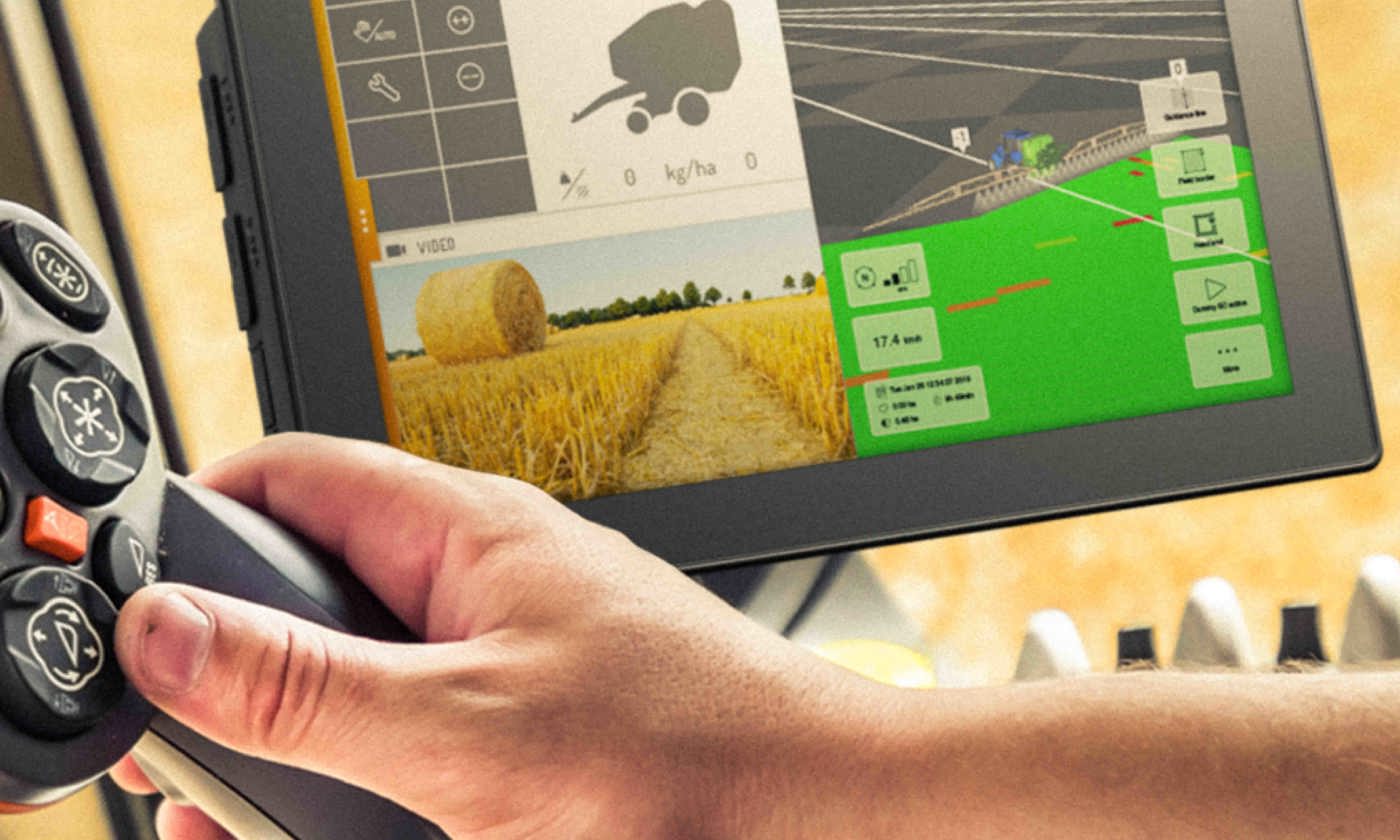The Jump to Digital

The Jump to Digital
Digital cameras have entered the industrial vehicle space. Increasingly, OEMs are making the jump to digital cameras due to their many advantages over older analogue camera deployments and by overcoming the manageable challenges posed by Ethernet cameras.
The price level of digital cameras, once very high, has come down over the last 5 years and is currently in the same range as the system price for analog cameras, but the cost of digital camera system is expected to decrease even further, while analog has likely already reached its lowest price point
The development of digital camera technologies in the industrial vehicle space has yet to reach full maturity, and OEMs and system designers can expect to see a faster evolution of the technology over the coming years, with regards to size, functionality and price.
One of the biggest challenges facing the adoption of Ethernet Cameras is the need to achieve low latency for safety critical applications and operator reactions. Latency is still better on analog cameras, which can be readily found to offer latency in the region of 30 milliseconds, where as digital Ethernet cameras are between 50-100 milliseconds depending on the combination of processing hardware and compression options (higher latency can be found in poorly configured systems of both types of camera). The latency in both cases is acceptable from a safety perspective but not superb. The latency is introduced by the need to encode and decode the camera stream. This also introduces the need for a display with a modern CPU and GPU, capable of smoothly and efficiently encoding and decoding the signal, but, with a modern display from CrossControl this would be already covered.
The last significant challenge is present in machines requiring multi-camera solutions, like larger cranes and mobile plants, as to enable multiple streams to one device an Ethernet switch is required to manage the connections, this can be integrated into the ECU or served separately in the system, but must still be considered in multi stream solutions. Like Ethernet cameras, multiple analog cameras require expensive dedicated analog video switches.
Once these challenges are adequately addressed however it unlocks a breadth of advantages.
Ethernet cameras offer significantly higher resolution, maximizing the use of the display, allowing for digital zoom, pan, and a clearer image makes information much easier to digest for the operator. With an Ethernet switch, one Ethernet interface on the display is sufficient to attach multiple cameras. In many cases this makes use of existing system architecture to provide more efficient solutions for the OEM. Plus, there is no requirement for a dedicated (analog) camera circuit, connectors, or cabling. Analog cabling is more expensive than Ethernet, as it requires shielding to protect the signal from interference, and even with adequate shielding analog cabling is also limited in length (when compared to Ethernet) before the signal degrades beyond usability, making it both more costly and restrictive as a solution. As Ethernet cameras use IP (internet protocol), it easily enables the option to stream over the air, through Wi-Fi, cellular or satellite connections without the need for a dedicated capture card or on-board signal conversion and transmission.
Several camera brands use the ISO 17215 standard for Road vehicles which covers video communication interface for cameras (VCIC). This supports Ethernet Cameras to be configurable during runtime, which allows the system to offer a host of operator tools including adaptive resolutions, image rotation, stream mirroring and software filters. The configuration can also be stored persistently in camera eliminating the need for a lengthy and complicated setup. One of the main use cases, and added value, of this arrangement can be to change the resolution sent from the camera to more efficiently make use the Ethernet bandwidth for each operation and application.
CrossControl has developed software components to make it easier for OEMs to control and customise the camera for their application and task requirements. These modules can be added to any software application to add functionality and features.
Overall Ethernet cameras offer a more flexible solution, they can be connected over a much longer distance than analog and retain their higher image quality. Multiple cameras can be simultaneously connected to a display, and the application can select which to show, automatically switching as the operator changes tasks and point of focus.
They also offer an easy transition from standard Ethernet cameras to Automotive Ethernet (such as BroadR-Reach) cameras. Since they only differ on the physical level, no change in software or processing hardware is needed. This means system adopters could serve standard and automotive Ethernet cameras across their range of machines and system generations, with the same solution.
Looking to the future, next generation Ethernet cameras, due later in 2021, will deliver significantly reduced latency, eliminating one of the primary Ethernet camera drawbacks. In addition, the maturation of the technology will mean both a reduction in price and a reduction in size. As Ethernet cameras increase in popularity, like with other technology shifts (remember the VCR video cassettes or 35mm film?) support for analog cameras is predestined to decrease and ultimately leading to an increase in price as replacement parts become scarcer.
Ethernet cameras use a valuable, multi-purpose, connector that display manufacturers already offer to support as part of their standard designs, as more and more vehicle OEMs adopt Ethernet cameras, many display manufactures are leaving out support for analog camera technology from their standard product offering.